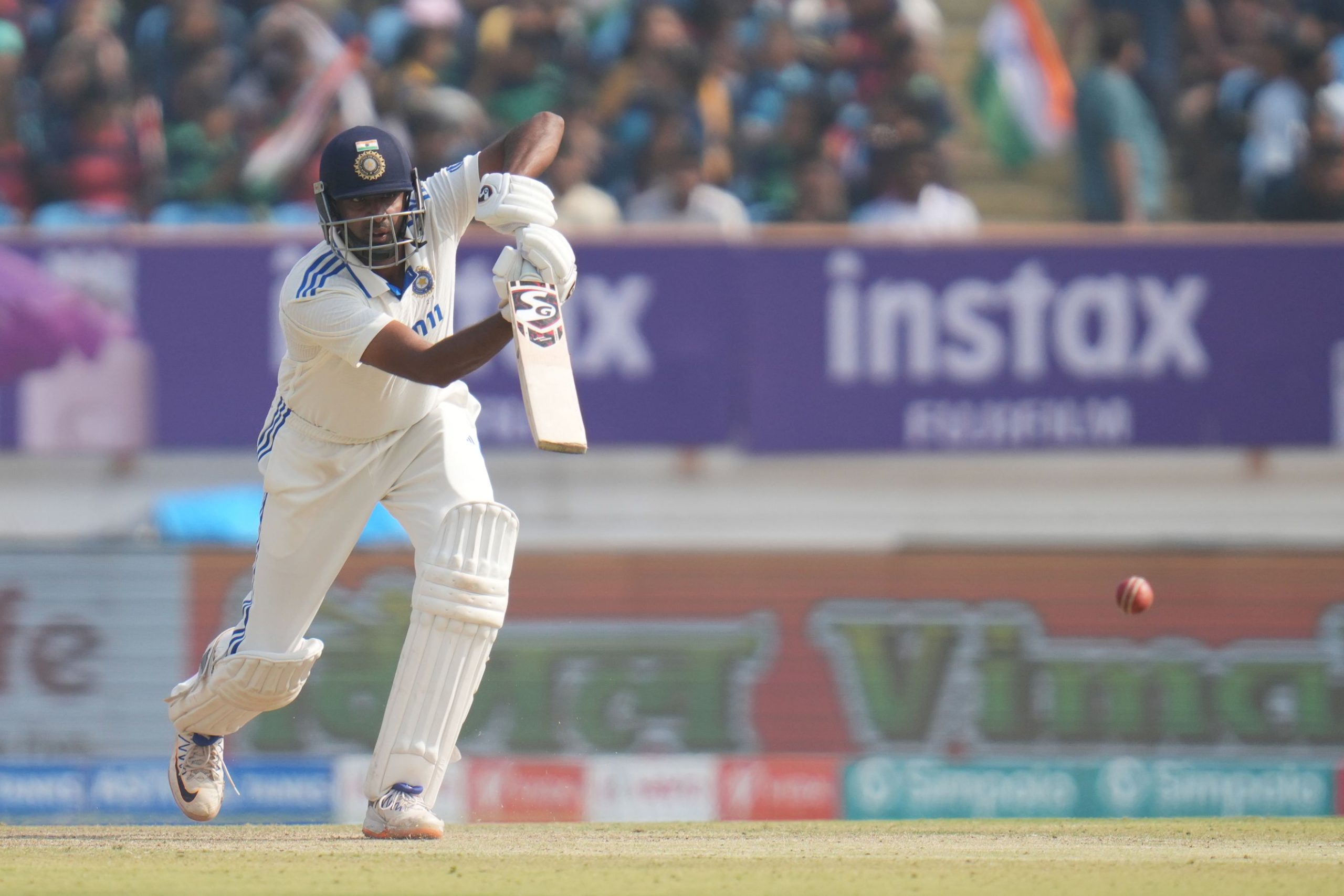Rajkot: In an unexpected turn of events during the Rajkot Test between India and England, Indian all-rounder Ravichandran Ashwin incurred a five-run penalty for running on the protected area of the pitch during the first session of the second day.
The incident occurred in the 102nd over of the India innings when Ashwin, attempting to take a quick run, pushed the ball into the covers region. However, he was sent back by his partner, Dhruv Jurel. Following this, on-field umpire Joel Wilson spoke with the batter and signaled a five-run penalty.
As per Law 41.14, which deals with situations where a batter causes damage to the pitch, Law 41.14.1 states, “It is unfair to cause deliberate or avoidable damage to the pitch. If the striker enters the protected area in playing or playing at the ball, he/she must move from it immediately thereafter. A batter will be deemed to be causing avoidable damage if either umpire considers that his/her presence on the pitch is without reasonable cause.”
This incident marked India’s second offense, as they had already received a first and final warning on the first day of the Test when Ravindra Jadeja was cautioned for running on the pitch.
In accordance with Law 41.14.3, if there is any further instance of deliberate or avoidable damage to the pitch by any batter in that innings after the warning, the umpire must take corrective action. This includes disallowing all runs to the batting side, returning any not-out batter to his/her original end, awarding five penalty runs to the fielding side, and informing both team captains of the reason for the action.
This decision means that England will start their innings at 5/0 when they come out to bat, a consequence of India’s pitch infringement. The incident has sparked discussions around the importance of adhering to cricketing laws and the impact of such penalties on the game’s dynamics.





